
Deburring sintered parts
Burrs occur on sintered parts before and after the sintering process. Their removal is critical to the functionality of the workpiece.
Why is it crucial to deburr sintered workpieces?
Burrs occur on sintered metal workpieces before and after the sintering process. It is important to remove the burrs as that is the only way to ensure the functionality and fit of the workpiece.
The process typically involves two steps:
- Removing the press burr from the green part, or untreated workpiece. This work can be done with brushes. Removal of press burrs from the green workpiece will eliminate or minimise deburring efforts on the sintered and mechanically processed component.
- Deburring of sintered parts after mechanical processing. In most cases, workpieces are machined after the sintering process (e.g. turning, milling). These processes also produce burrs on the contour edges and in the bore area. Mostly these are class 1 or 2 burrs (light burrs).
Relevant types of burrs
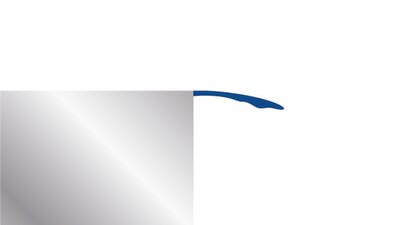
Burr Class 1: Tinsel Burr
Usually caused by fine grinding, flitter burrs are very small, with minimal connection to the workpiece. They are very easily removed.
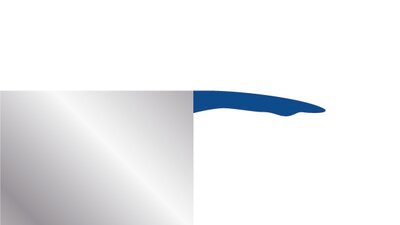
Burr Class 2 - Small Burr Base
Small burr bases occur during grinding and are larger than tinsel burrs. These burrs are connected to the workpiece and must be removed mechanically.
How to deburr sintered parts?
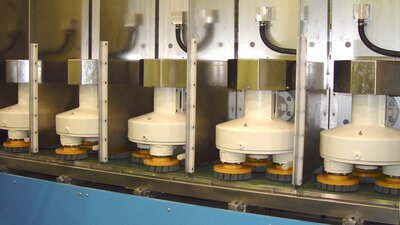
Sintered workpieces are usually deburred in throughfeed systems with planetary head drive, in robot cells, brushing cells, or directly in machining centres.
Usually, disc brushes or round brushes with abrasive grit are utilised for deburring sintered parts.
Suitable tools for deburring sintered components
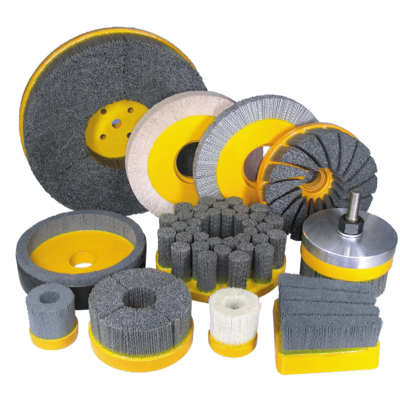
Osborn's ATB® deburring tools are best suited for deburring sintered workpieces. A wide range of fill materials is available, such as silicon carbide, aluminium oxide or ceramic. There are different grit sizes and filament diameters. The arrangement of the fill material can also be adapted variably to the individual application.
Features and benefits of Osborn's ATB® deburring tools
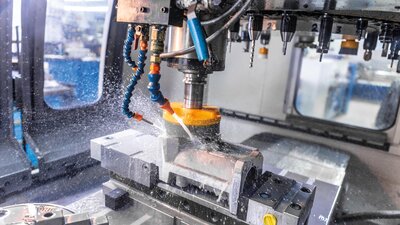
Click here to learn more about the Features and benefits of our ATB® deburring tools. See how to adapt them easily on various tool holders, increase the throughput speed, get better deburring results, and reduce cost per part.